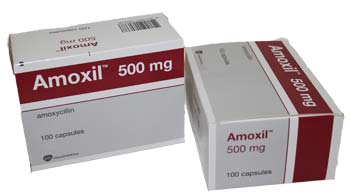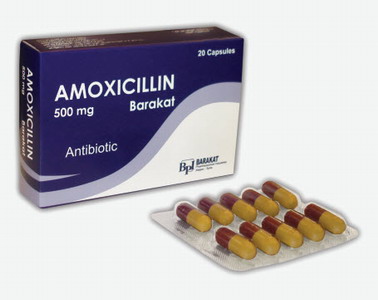Amoxicillin, a widely prescribed antibiotic for treating various bacterial infections. However, buying amoxicillin online requires careful consideration to ensure safety and effectiveness.
This guide shows you how to buy cheap generic Amoxil (Amoxicillin) online from another country and get it mailed to you without any problems.
Amoxil, Amoxicillin, Trimox, Zimox – what’s the difference?
Amoxicillin is the active drug in Amoxil. The very same medicine is also sold under other brand names such as Trimox, Zimox, and many others. Different names, same ingredient – so they work exactly the same way.
Here is a sample, though not complete, list of brand names you may see:
| # | Brand Name |
|---|---|
| 1 | Actimoxi |
| 2 | Amoclen |
| 3 | Amolin |
| 4 | Amopen |
| 5 | Amopenixin |
| 6 | Amoxi |
| 7 | Amoxi-Mast |
| 8 | Amoxibiotic |
| 9 | Amoxiden |
| 10 | Amoxil |
| 11 | Amoxivet |
| 12 | AMPC |
| 13 | Anemolin |
| 14 | Aspenil |
| 15 | Biomox |
| 16 | Bristamox |
| 17 | Cemoxin |
| 18 | Clamoxyl |
| 19 | Delacillin |
| 20 | Dispermox |
| 21 | Efpenix |
| 22 | Flemoxin |
| 23 | Hiconcil |
| 24 | Histocillin |
| 25 | Ibiamox |
| 26 | Imacillin |
| 27 | Lamoxy |
| 28 | Metafarma capsules |
| 29 | Metifarma capsules |
| 30 | Moxacin |
| 31 | Moxal |
| 32 | Ospamox |
| 33 | Pamoxicillin |
| 34 | Piramox |
| 35 | Polymox |
| 36 | Robamox |
| 37 | Sawamox PM |
| 38 | Sumox |
| 39 | Tolodina |
| 40 | Trimox |
| 41 | Unicillin |
| 42 | Utimox |
| 43 | Vetramox |
| 44 | Wymox |
| 45 | Zimox |
If you know others, drop them in the comments so we can grow the list together.
Understanding the Prescription Requirement
This regulation ensures that antibiotics are used appropriately and mitigates the risks associated with misuse, such as antibiotic resistance. If you suspect a bacterial infection that may require amoxicillin, consult a healthcare provider who can evaluate your condition and determine if this antibiotic is appropriate for your treatment.
Choosing a Reputable Online Pharmacy
Check customer reviews and ratings. Look for feedback regarding product quality, shipping times, and customer service. Contact customer support with any questions before purchasing and evaluate the quality of their response – it’s an important indicator.

Payment and Delivery Options
Pharmacies that sell generics ship them from India, so you’ll usually see only two delivery options: standard (2–3 business weeks) and express (3–8 business days). Next-day delivery is extremely rare and offered only for highly popular medications.
Payment methods are straightforward – credit or debit cards (use a separate card for these buys ;-) ) are the norm; some pharmacies also accept cryptocurrencies (BTC, ETH, USDT) and, occasionally, European payment systems.
Safety Considerations
Be cautious of extremely low prices or unsolicited offers, as these may indicate counterfeit medications that could be ineffective or harmful. Use the prices listed below in the article as your reference. We update them about once a month, and the product simply cannot be priced any lower.

Approximate Prices
The price depends on the quantity of tablets in the package. At the beginning of June 2025, we analyzed several online stores and found the following prices:
- Generic Amoxil 250mg from $34 for 60 tablets to $110 for 270 tablets;
- Generic Amoxil 500 mg from $30 for 30 tablets to $170 for 360 tablets;
- Generic Amoxil 650 mg from $37 for 20 tablets to $413 for 360 tablets;
- Generic Amoxil 1000 mg from $40 for 10 tablets to $900 for 360 tablets.
Buying medications online offers many advantages – convenience, privacy, good prices, and access to a wide range of dosages. Just be careful when choosing an online pharmacy.
If you still have questions about Amoxicillin, check our FAQ’s to get more information.



 (147 votes, average: 3.82 out of 5)
(147 votes, average: 3.82 out of 5)












































